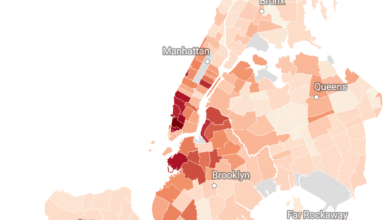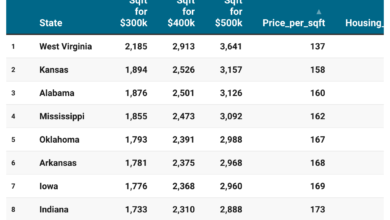US trucking giant Yellow shuts down, leaving 30,000 people jobless

Yellow Corp., a long-established trucking company with 99 years of history, has ceased operations on Sunday and is unfortunately laying off all of its 30,000 workers.
The unionized company has been in conflict with the Teamsters union, representing 22,000 drivers and dock workers. A potential strike was averted when the union granted the company an additional month to meet pension and health insurance payments. However, the company ceased regular freight pickup and delivery, leading to the breakdown of contract negotiations.
The Teamsters were notified of the company’s shutdown, and they confirmed that Yellow is filing for bankruptcy. Teamsters’ President expressed disappointment, citing previous financial struggles despite worker concessions and government bailout funds. Company officials did not respond to requests for comment.
Yellow’s closure is unfortunate for its employees, customers, and US taxpayers. The company received a $700 million loan from the federal government in 2020, leaving taxpayers holding 30% of its outstanding stock. Even after the loan, the company still owed the Treasury department over $700 million, nearly half of its long-term debt.
Since the loan, Yellow’s stock value plummeted by 82%, closing at just 57 cents a share, making it a penny stock. This loan was given to the company amid allegations of defrauding the government by overbilling on shipments for the US military. Although the dispute was settled without admission of wrongdoing, the company had to pay a $6.85 million fine.
Yellow’s main business was handling pallet-sized shipments of freight, operating in the less-than-truckload (LTL) sector. Despite claiming to be the nation’s third-largest LTL carrier, it only handled about 7% of the nation’s daily LTL shipments. With 8% to 10% excess capacity in the LTL sector, the closure of Yellow may not significantly disrupt supply chains. However, it will likely lead to higher rates for shippers who relied on LTL carriers, as the excess capacity had previously kept prices low.
This higher cost will affect Yellow’s customers, who had been attracted to the company due to its cheaper rates, even though those rates didn’t fully support a sustainable operation.




